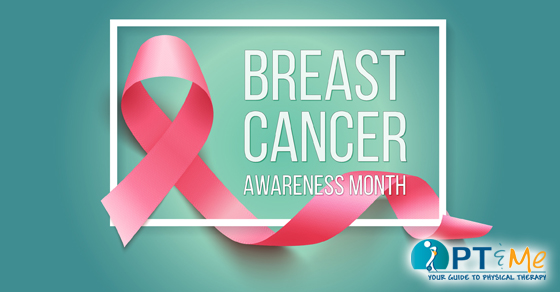
October is Breast Cancer Awareness Month. There were 1.7 million new cases of breast cancer diagnosed in 2012 worldwide. In honor of Breast Cancer Awareness Month, we are providing this helpful information, facts and statistics about breast cancer.
What is breast cancer?
Breast cancer occurs when cells in the breast divide and grow without their normal control. Tumors in the breast tend to grow slowly. By the time a lump is large enough to feel, it may have been growing for as long as 10 years. (Some tumors are aggressive and grow much faster.) Between 50-75 percent of breast cancers begin in the milk ducts, about 10-15 percent begin in the lobules and a few begin in other breast tissues [4].
Learn more about breast anatomy.
Non-invasive breast cancer – ductal carcinoma in situ (DCIS)
Ductal carcinoma in situ (DCIS) occurs when abnormal cells grow inside the milk ducts, but have not spread to nearby tissue or beyond. The term “in situ” means “in place.” With DCIS, the abnormal cells are still inside the ducts. DCIS is a non-invasive breast cancer. You may also hear the terms “pre-invasive” or “pre-cancerous” to describe DCIS. Although DCIS is non-invasive, without treatment, it can develop into invasive breast cancer.
Learn more about DCIS and the risk of invasive breast cancer.
Learn about treatment for DCIS.

Did you know?
In 2017, it’s estimated that among U.S. women there will be*:
- 252,710 new cases of invasive breast cancer
- 40,610 breast cancer deaths
- 50,000 cases of ductal carcinoma in situ, a non-invasive breast cancer
There are more than 3.1 million breast cancer survivors in the U.S. today. Thanks in part to Susan G. Komen’s investment in research in early detection and treatment, breast cancer mortality (death) in women in the U.S. declined by 38 percent from 1989-2014 [1].
*American Cancer Society. Cancer Facts and Figures 2017. Atlanta, GA: American Cancer Society, 2017.
Content provided by Susan G. Komen. For more information visit the Susan G. Komen website by clicking here.






